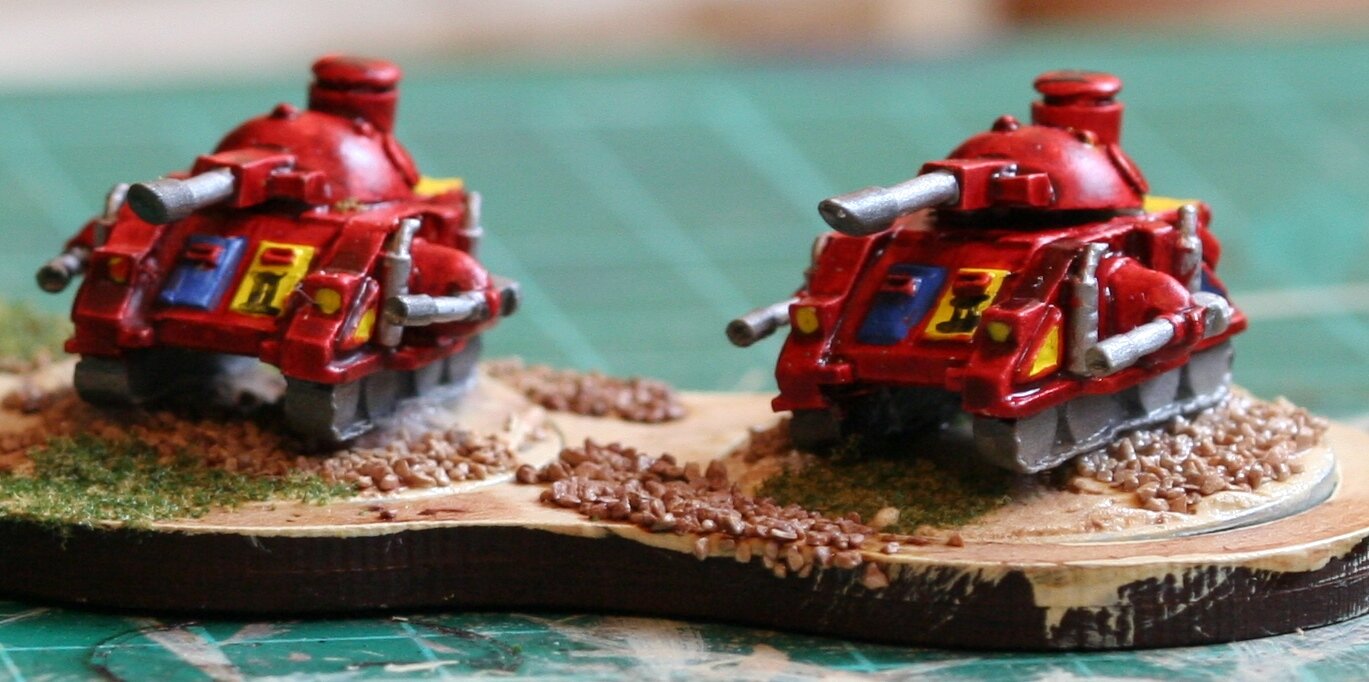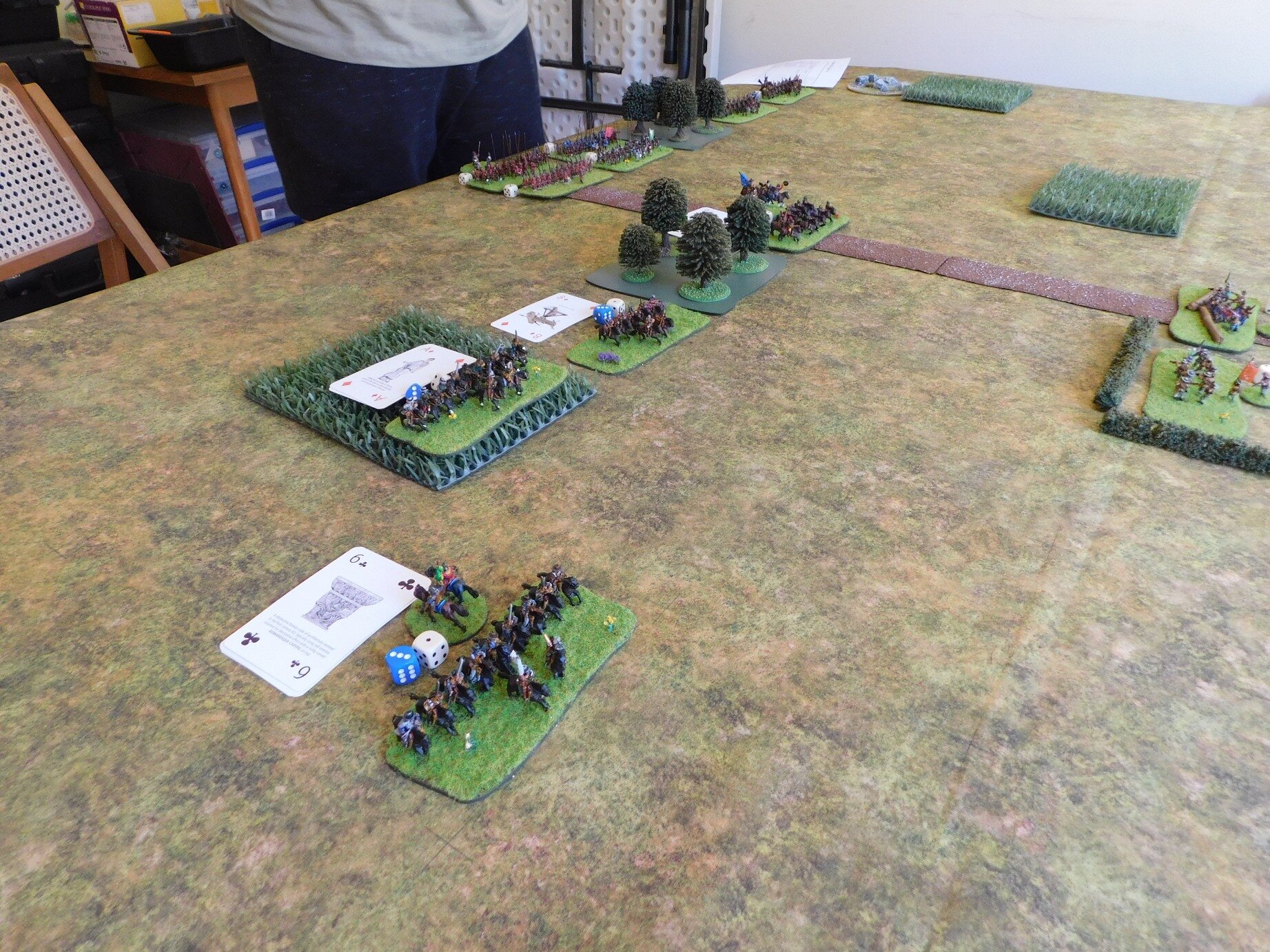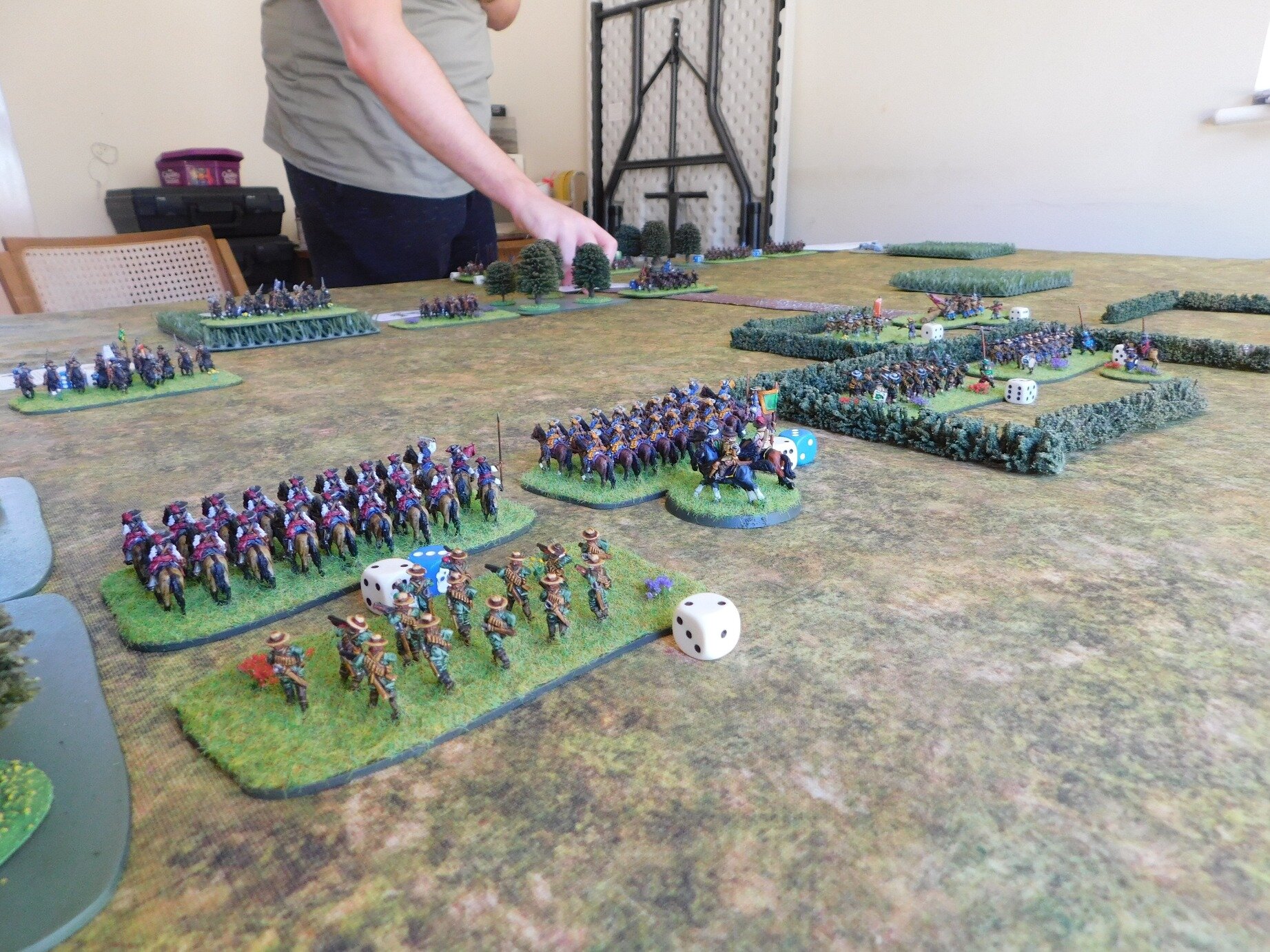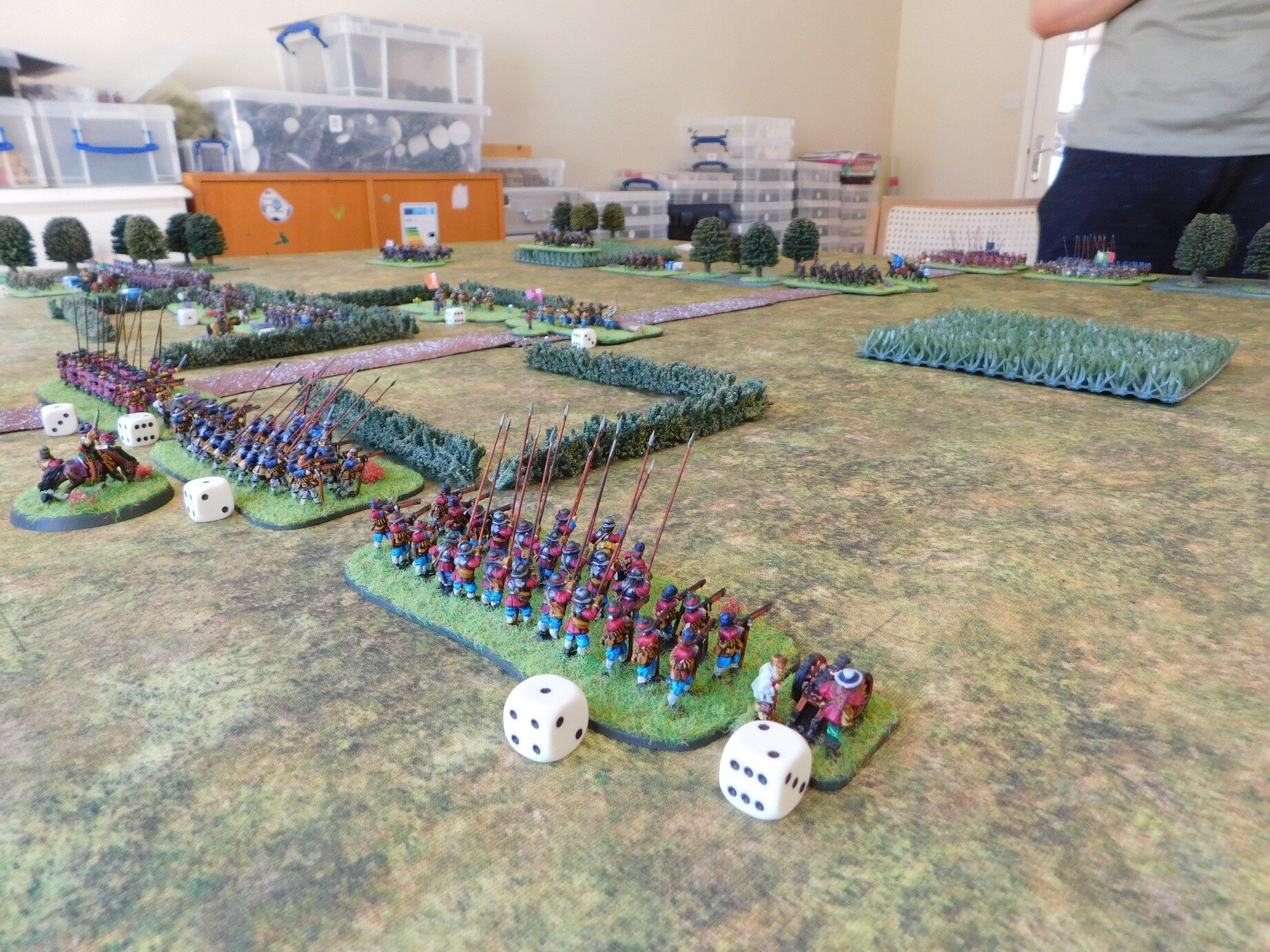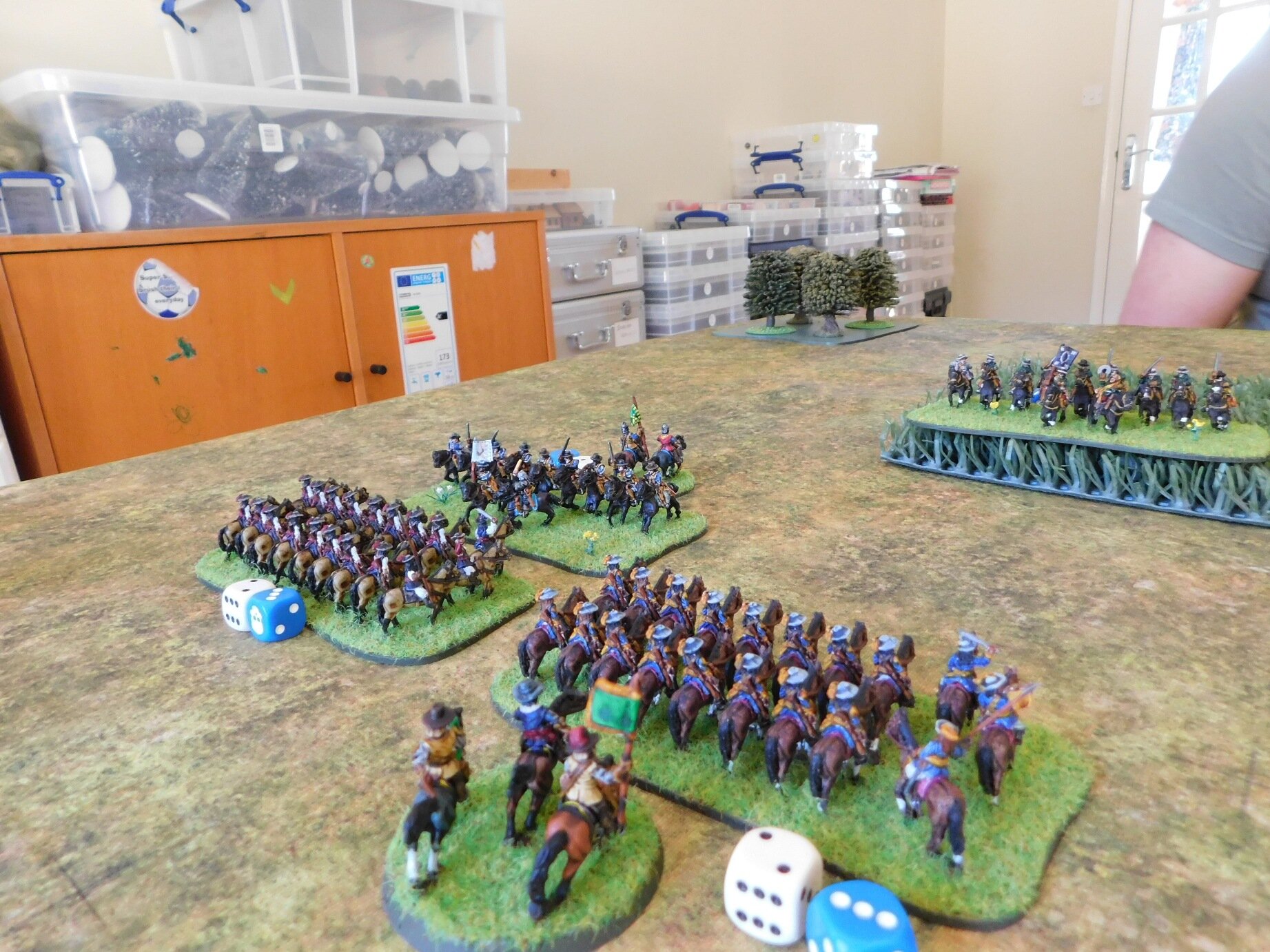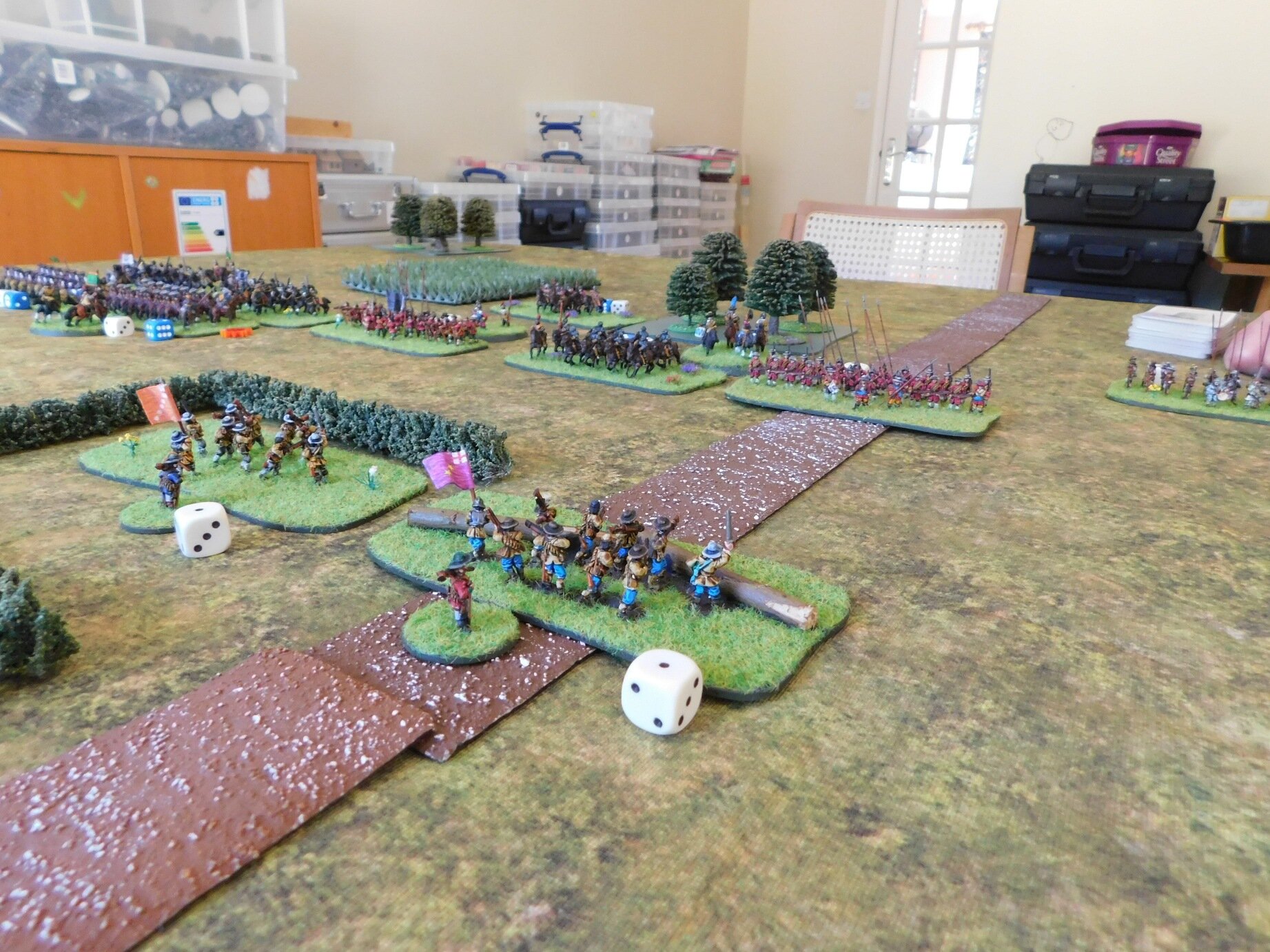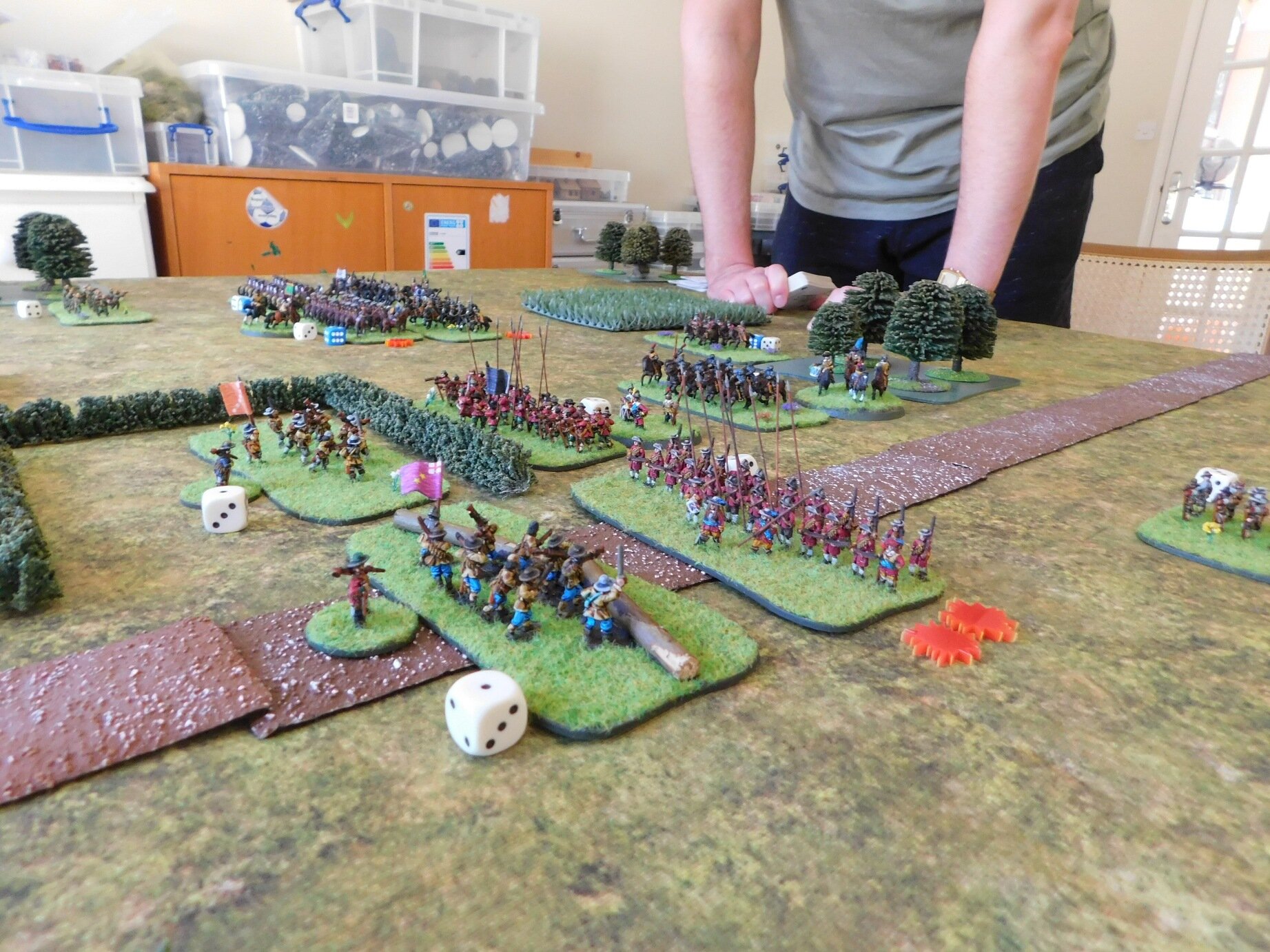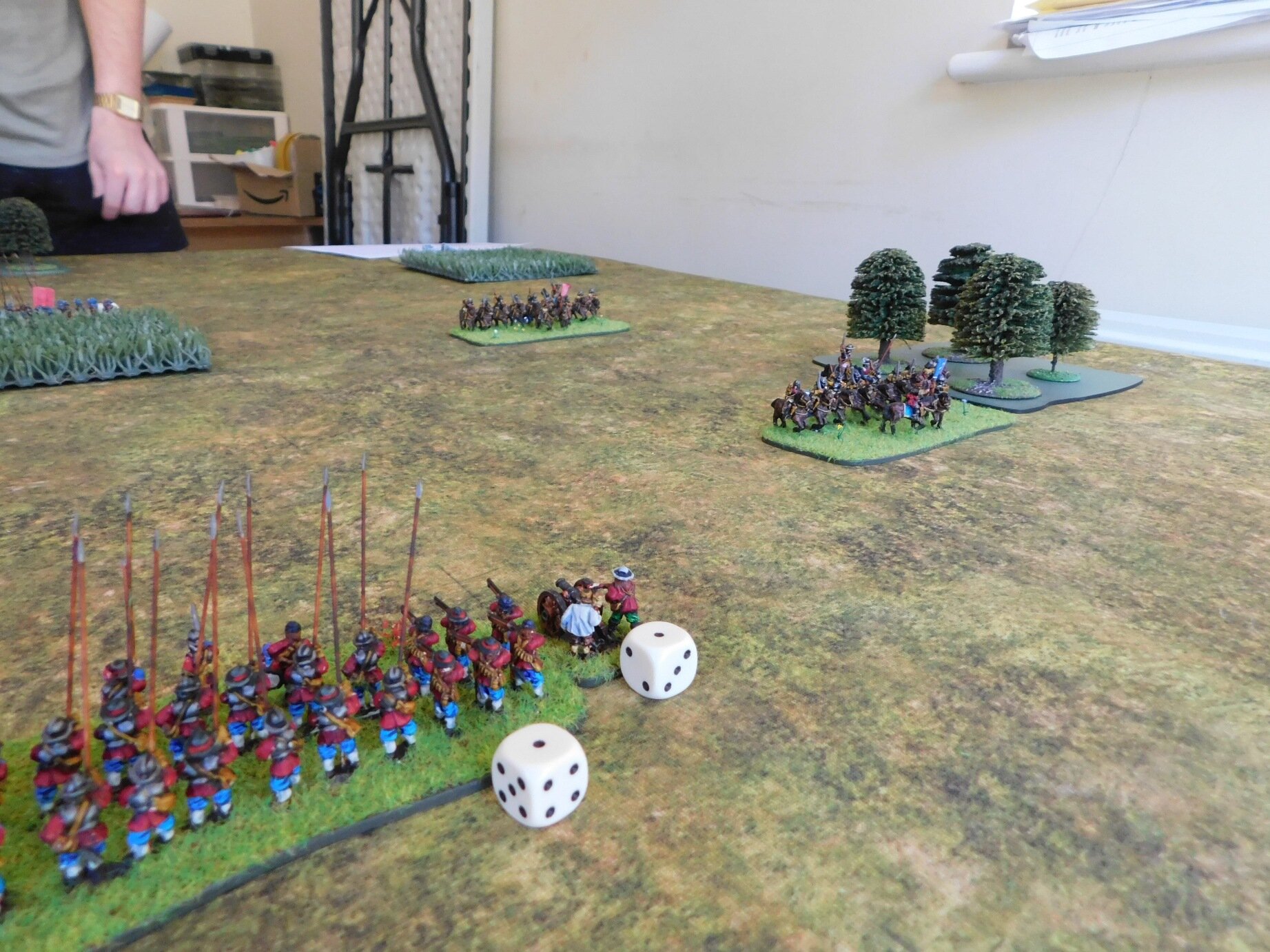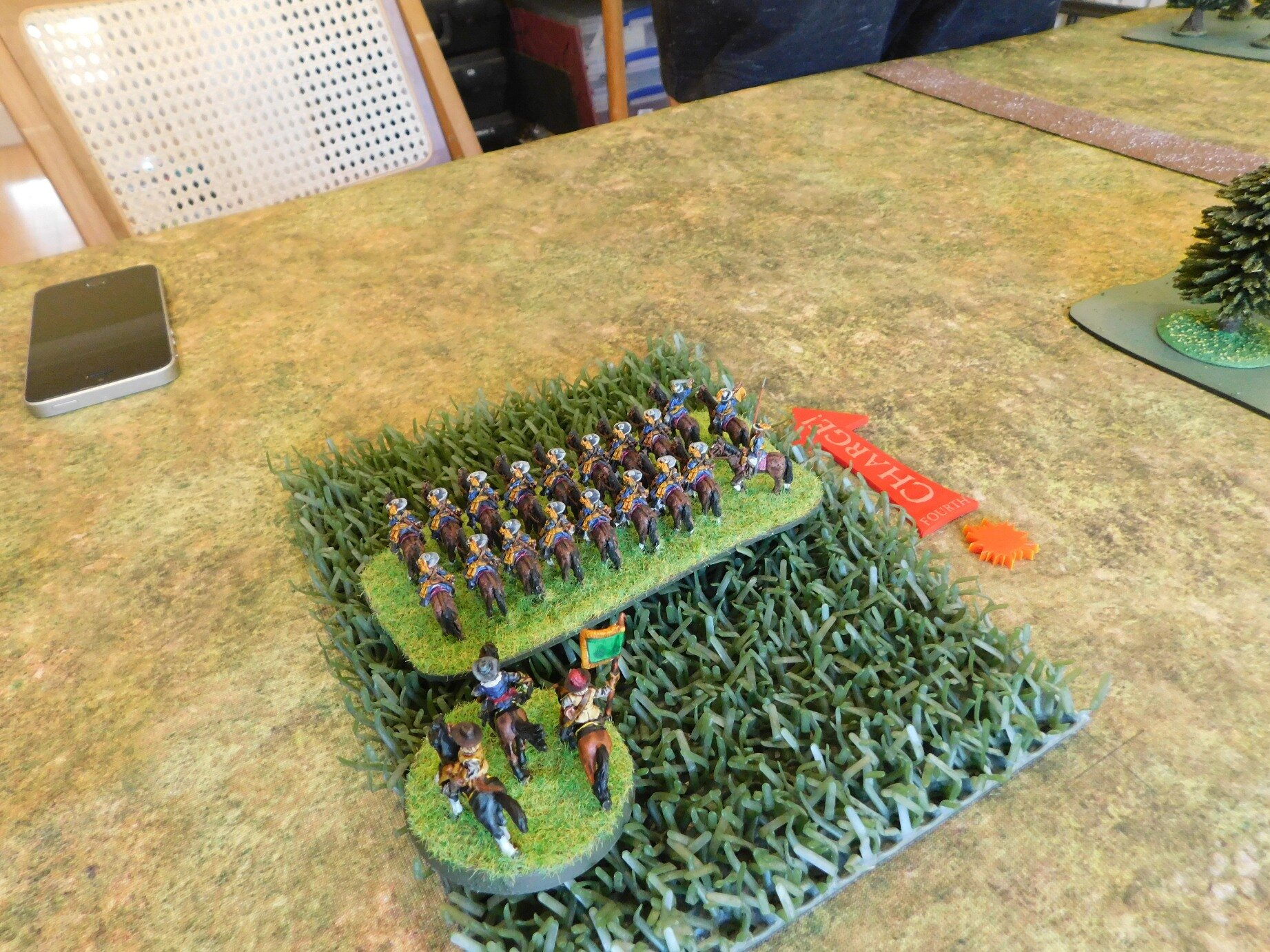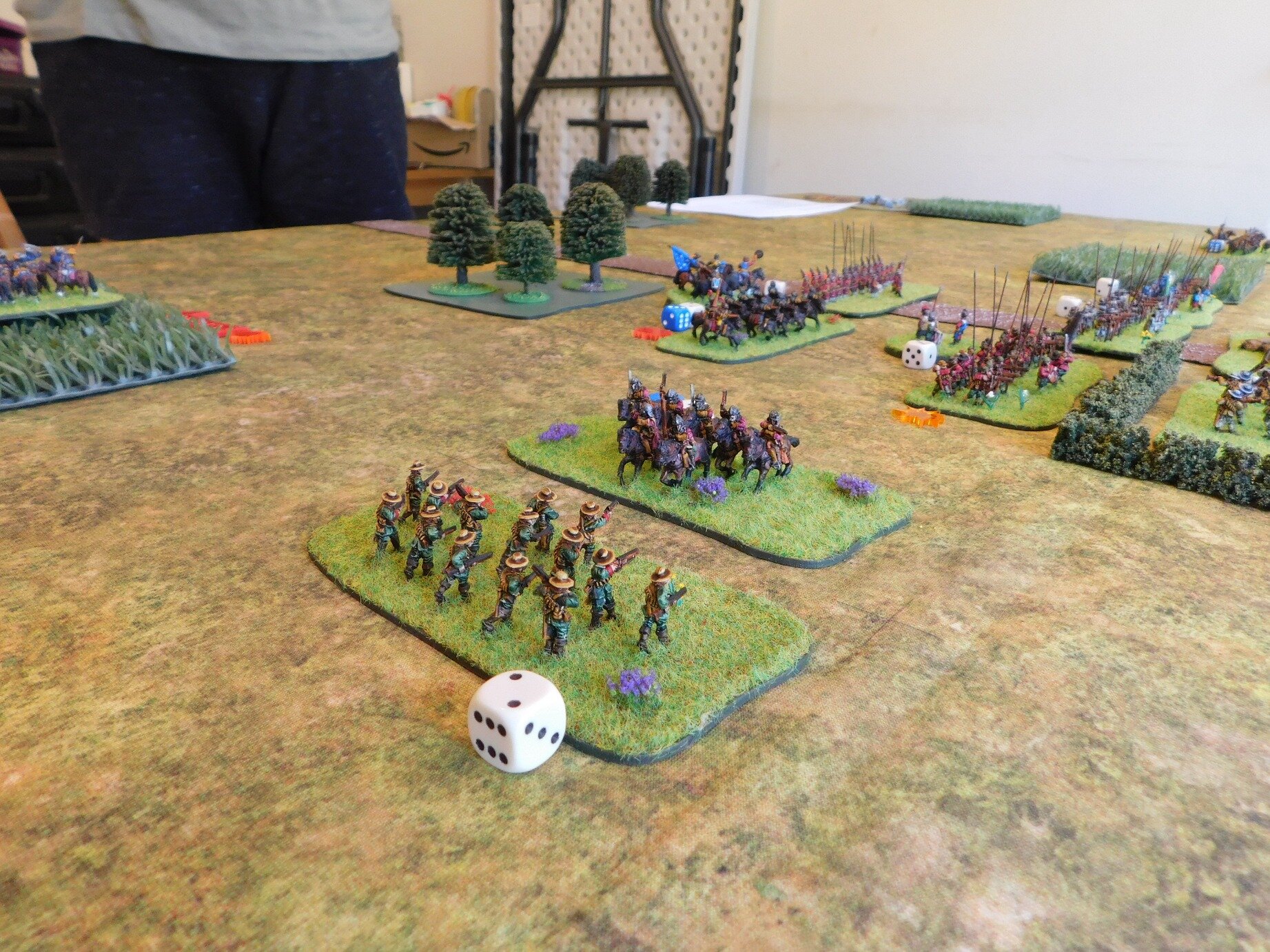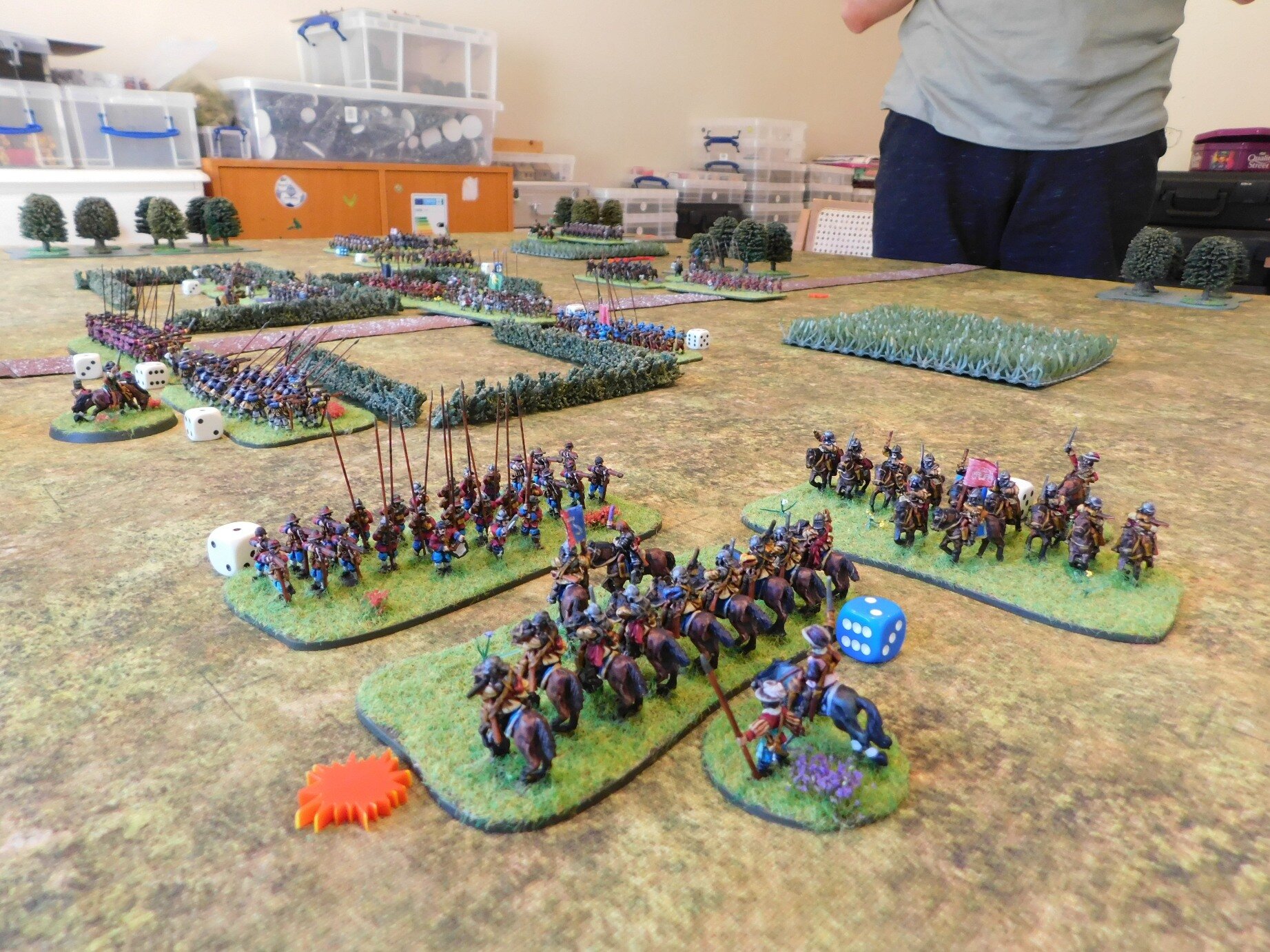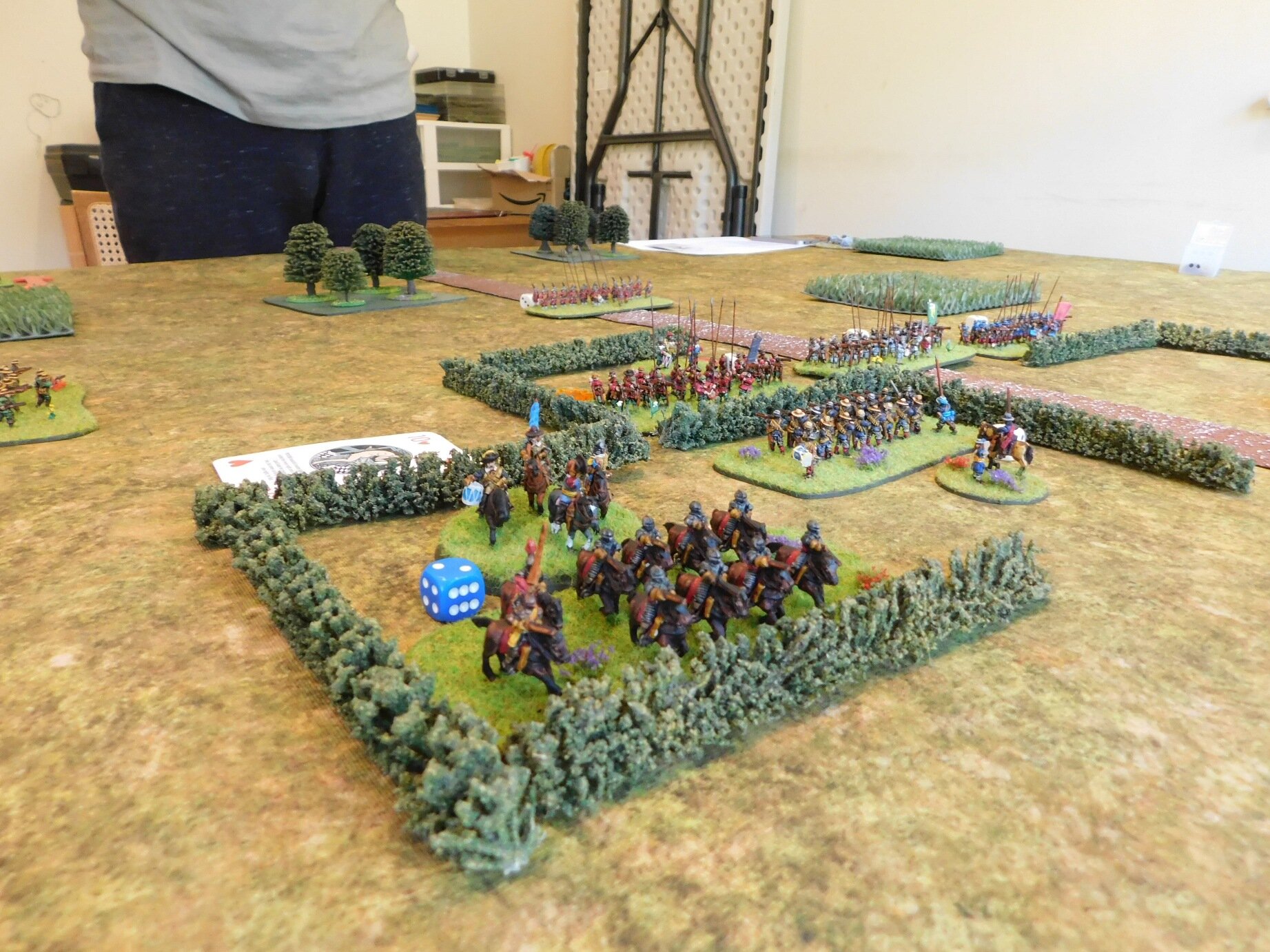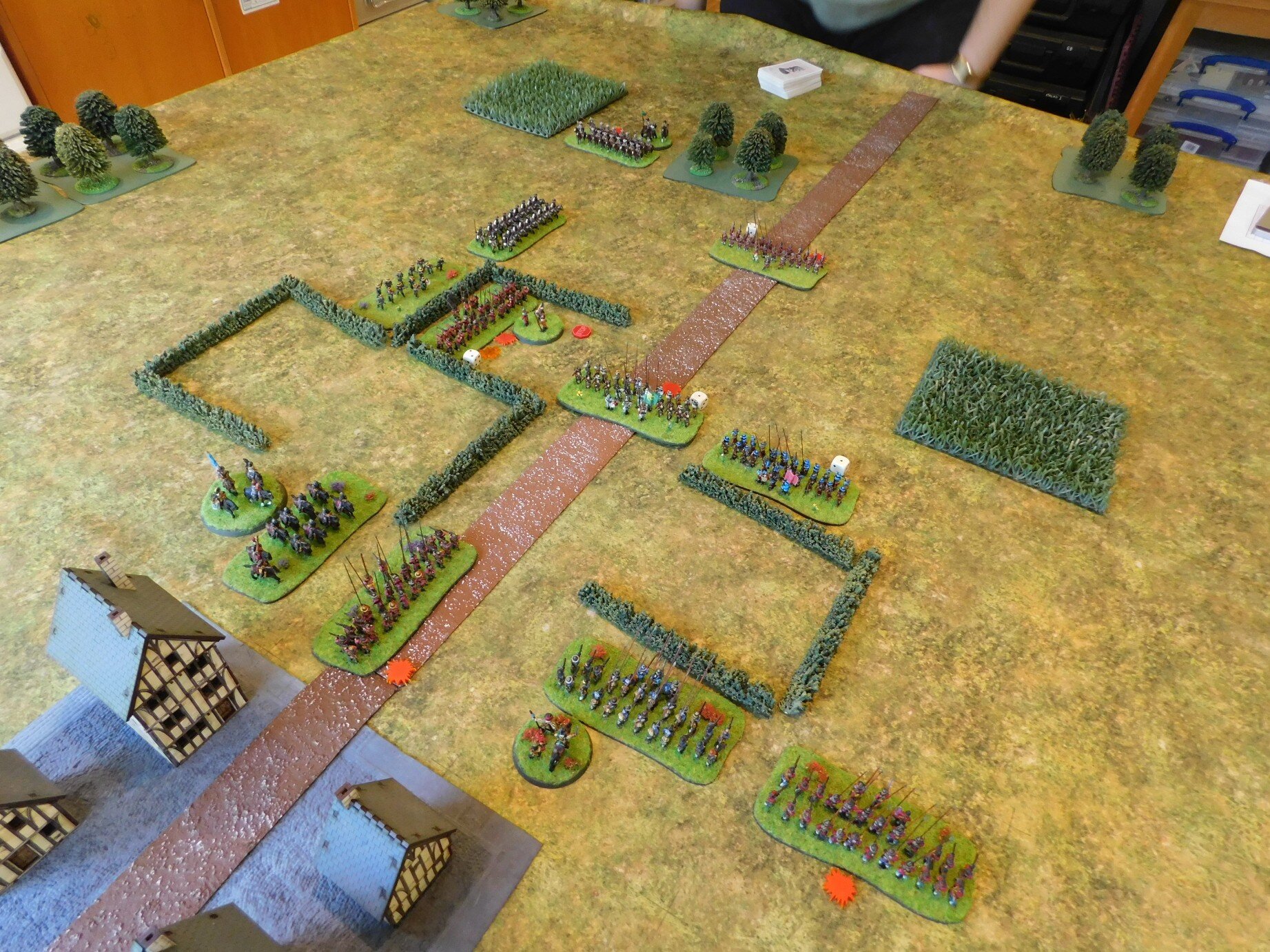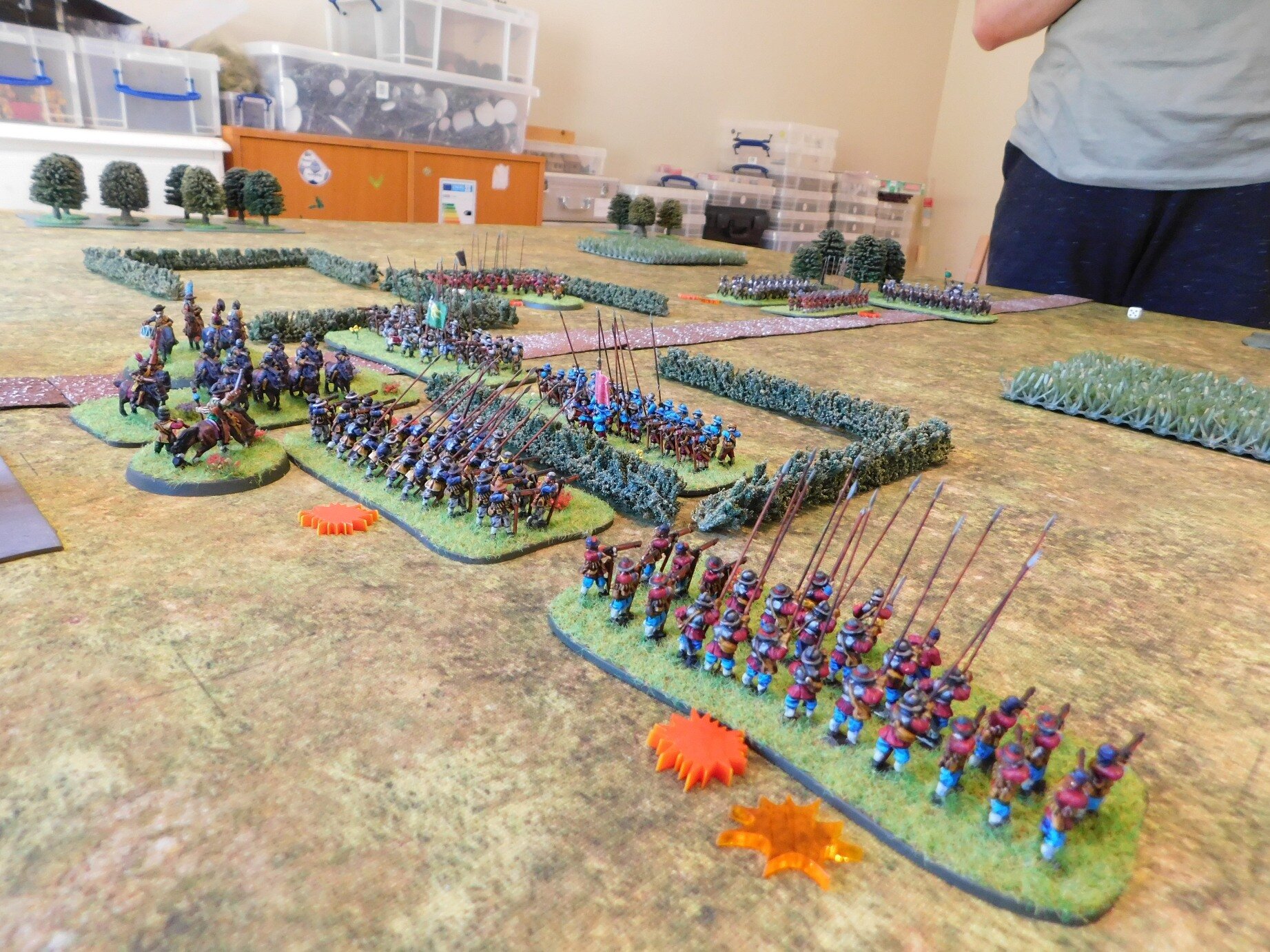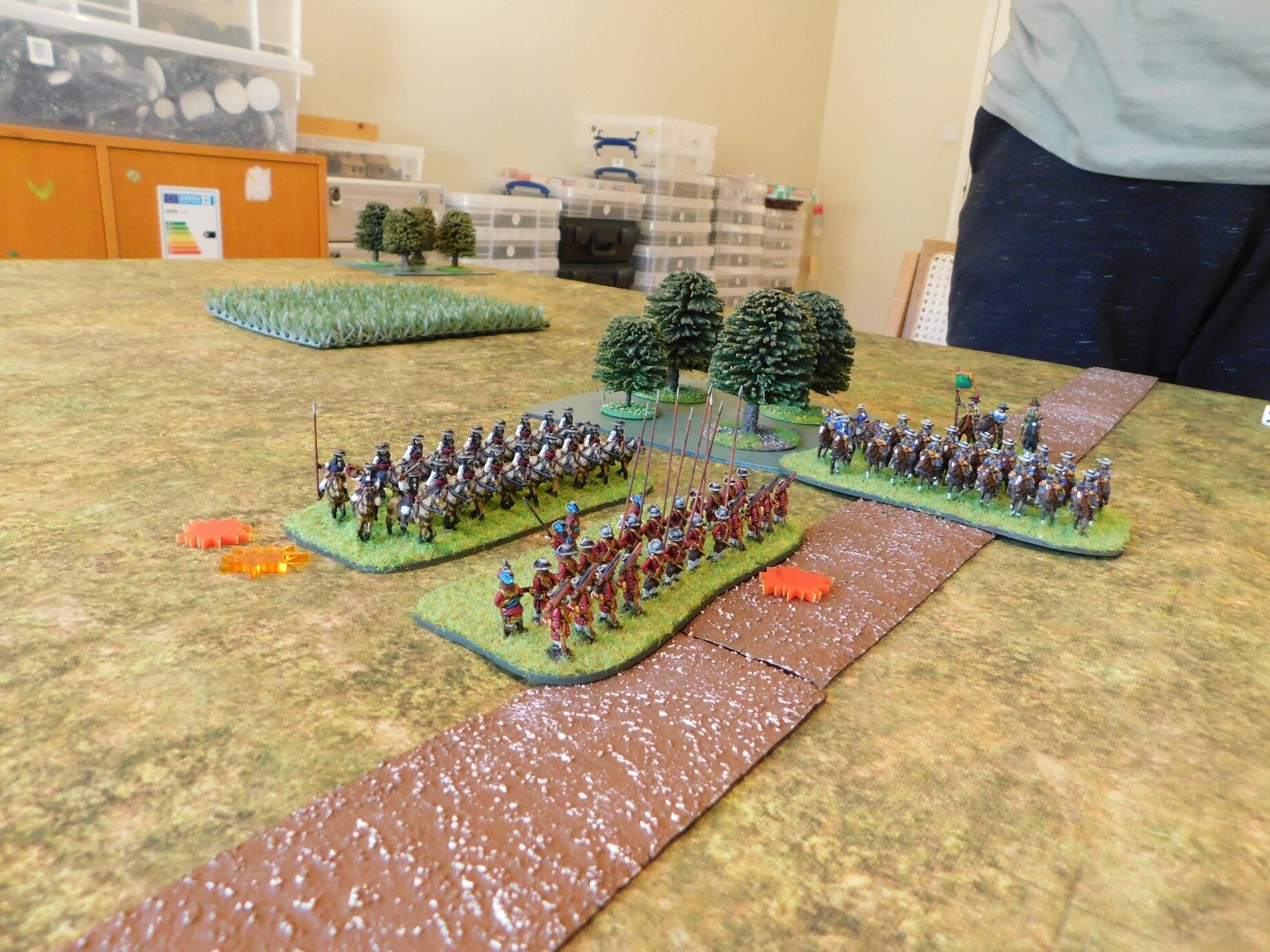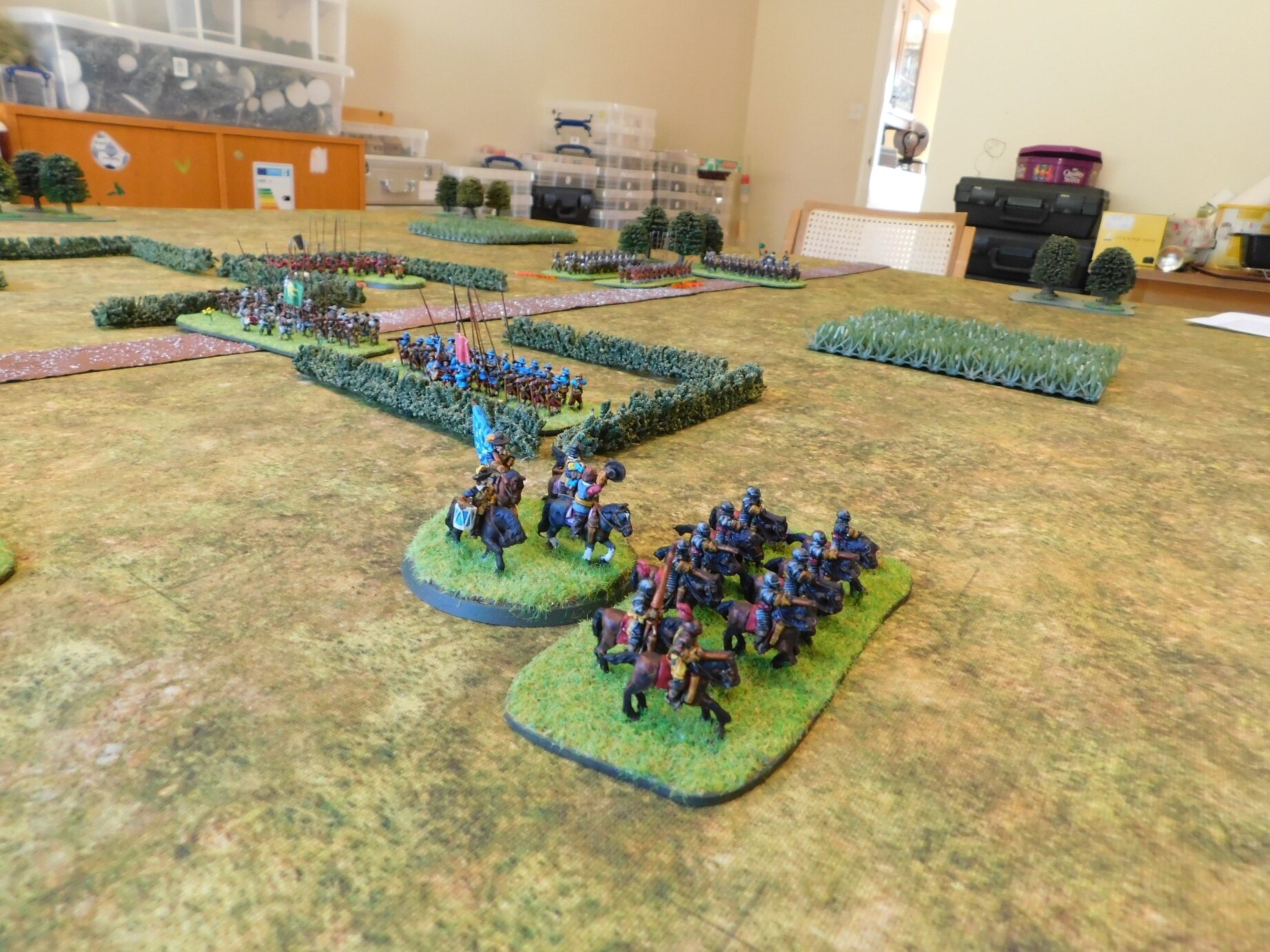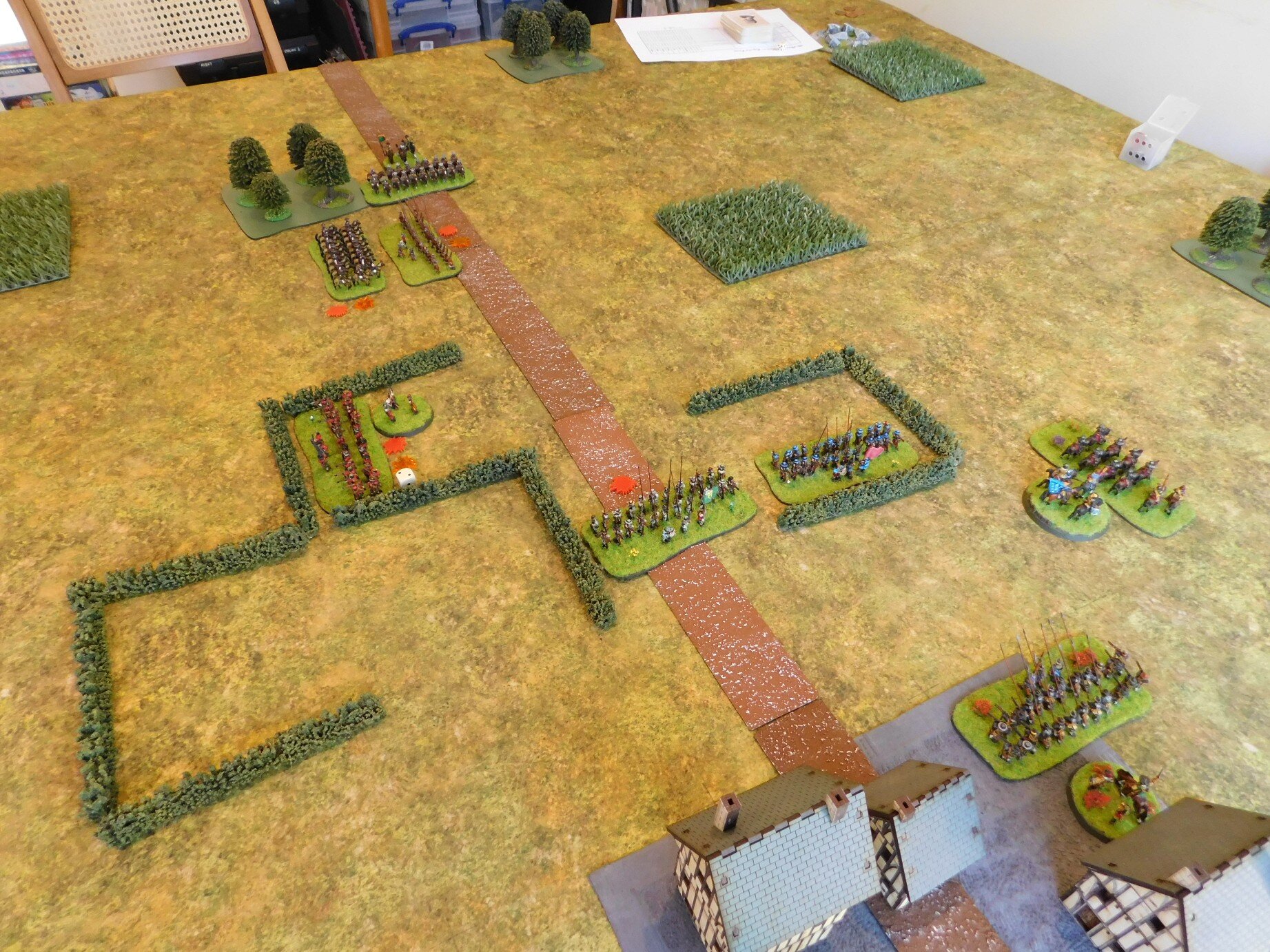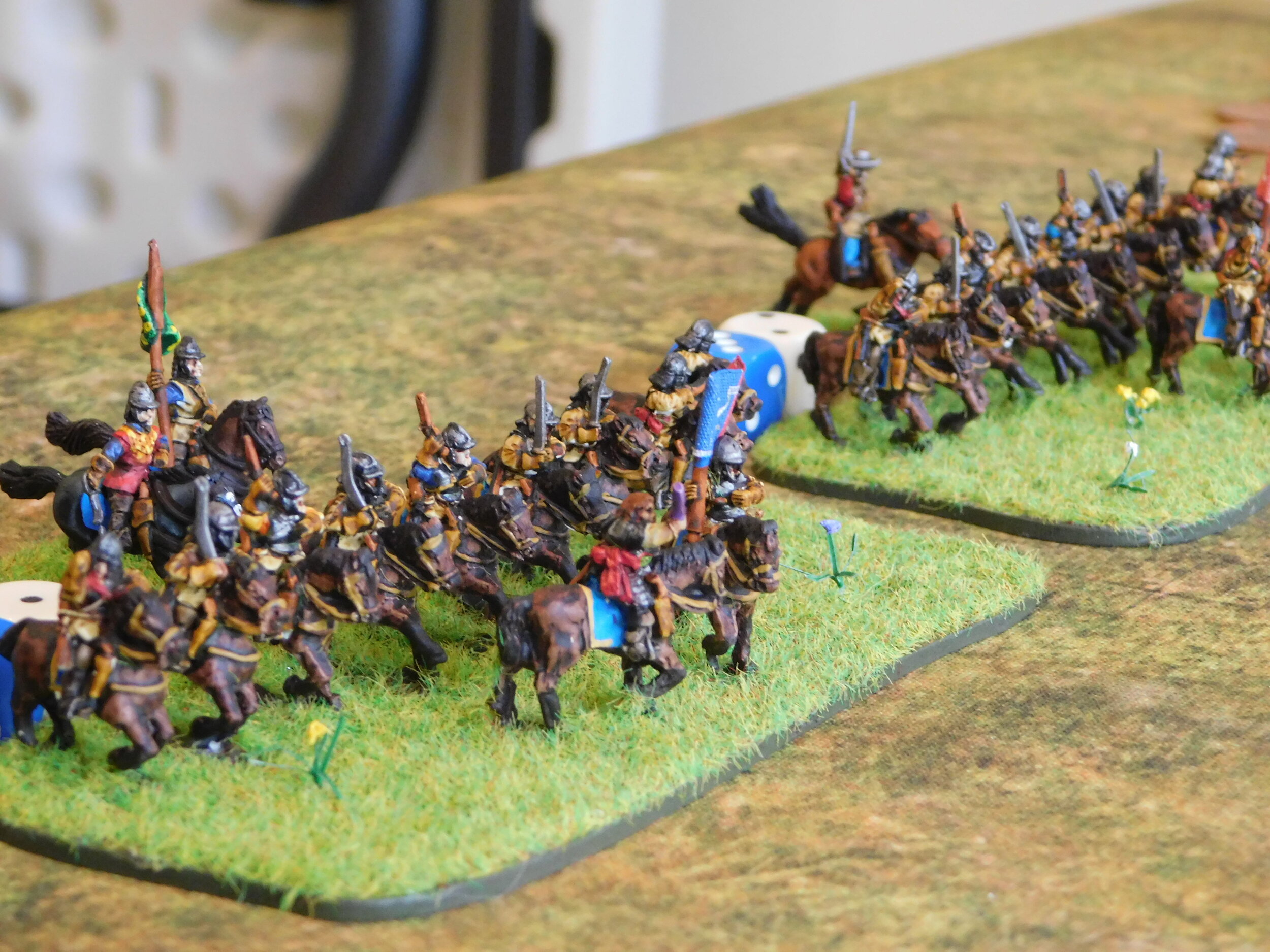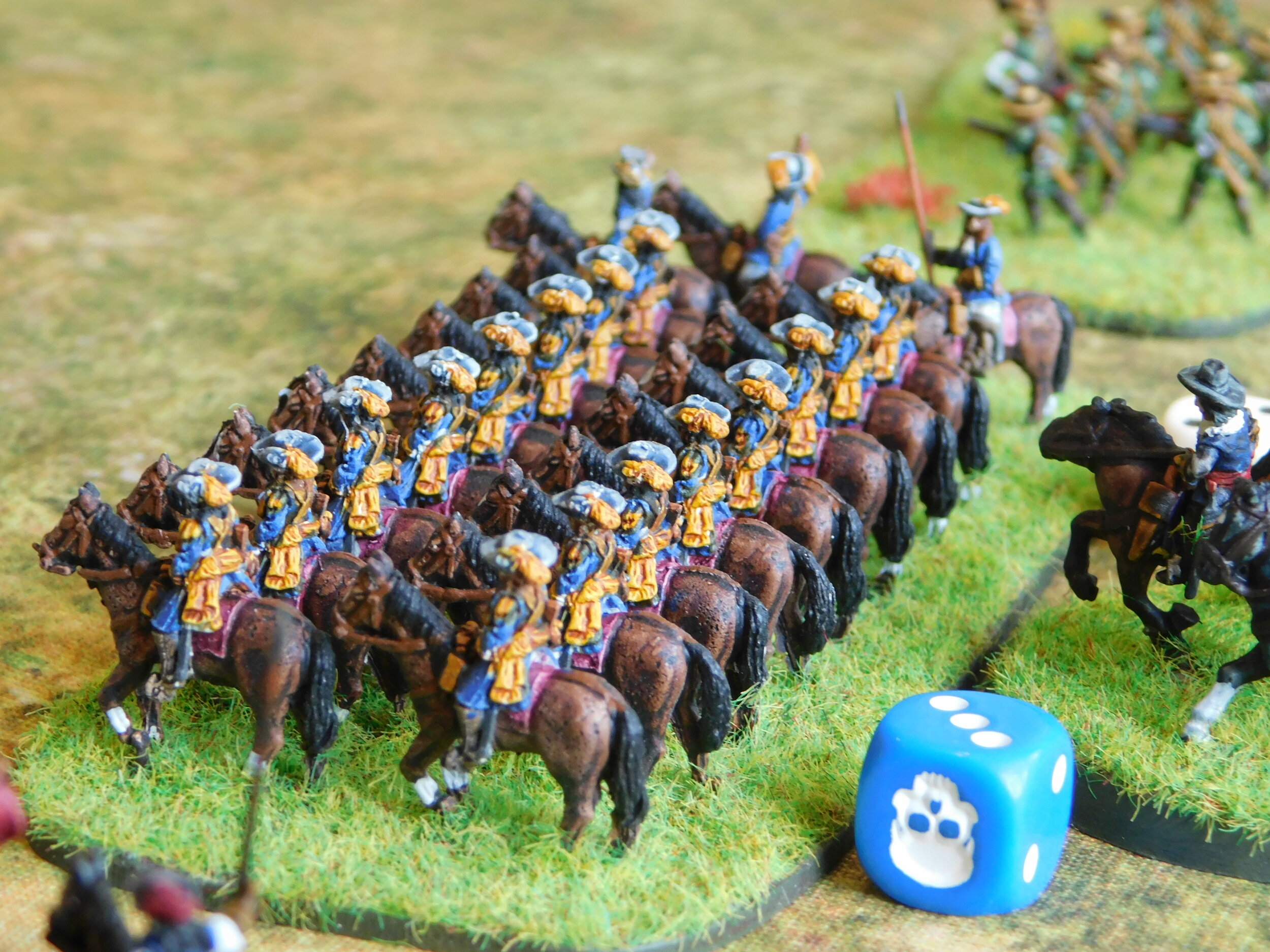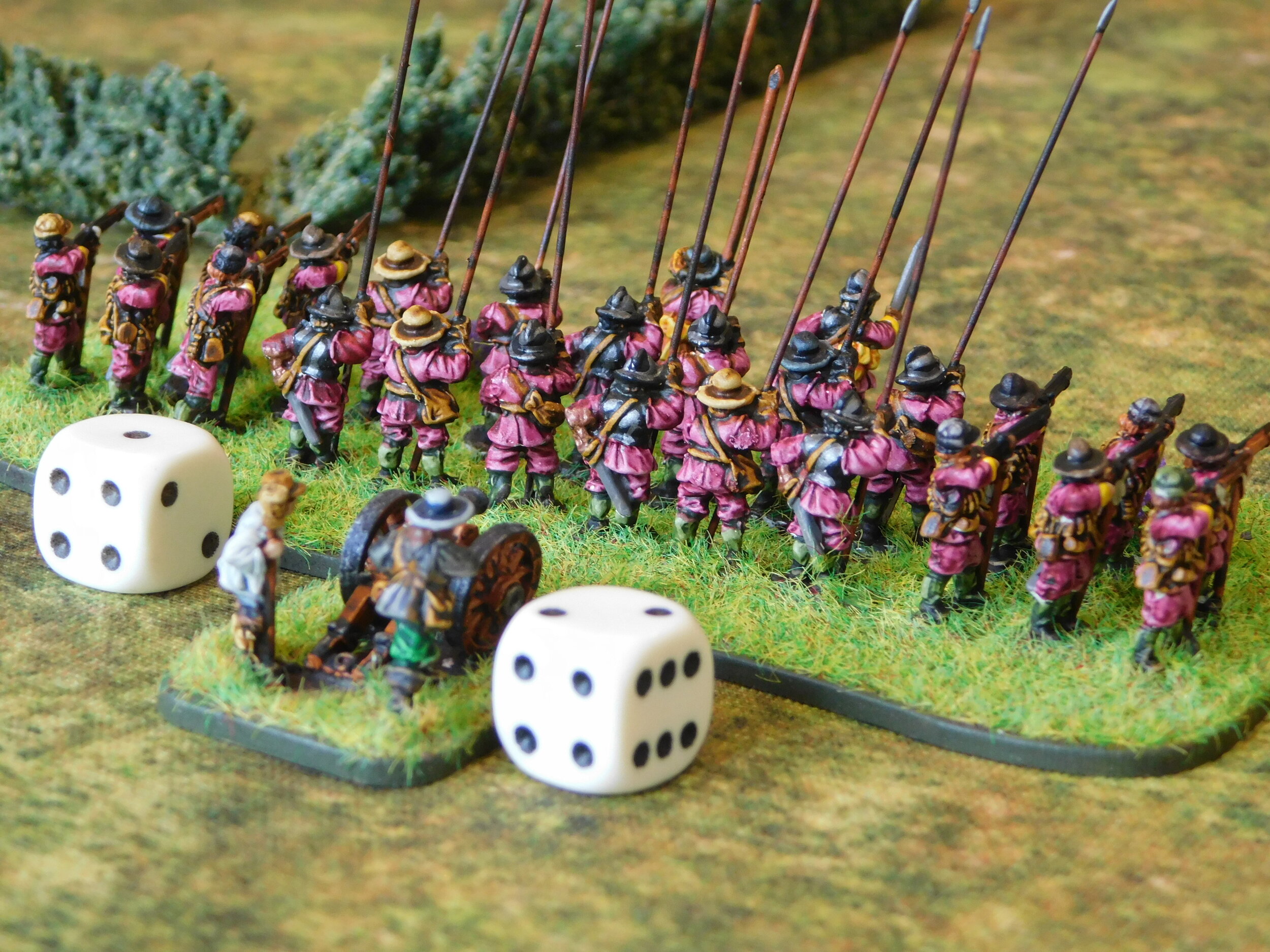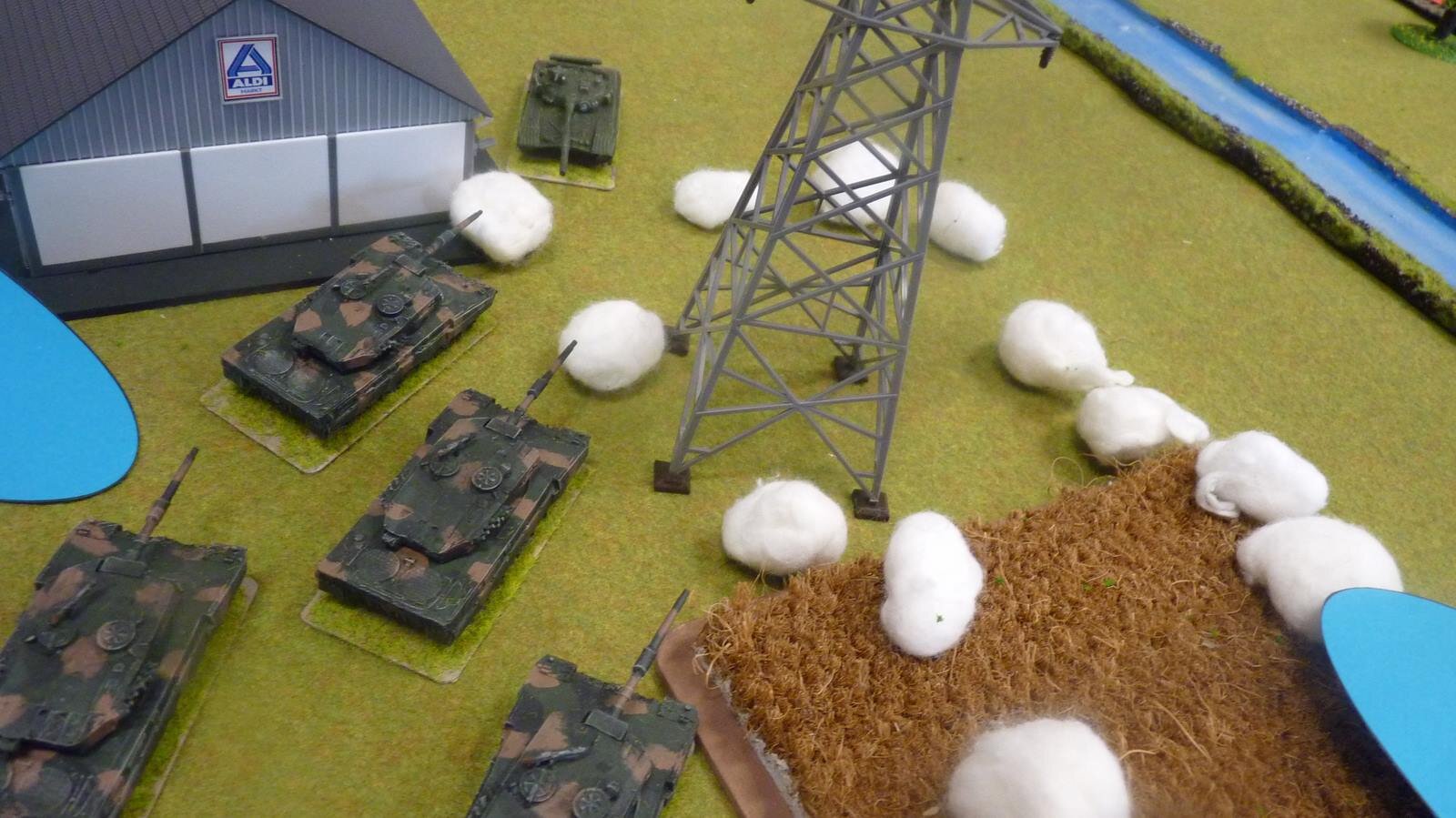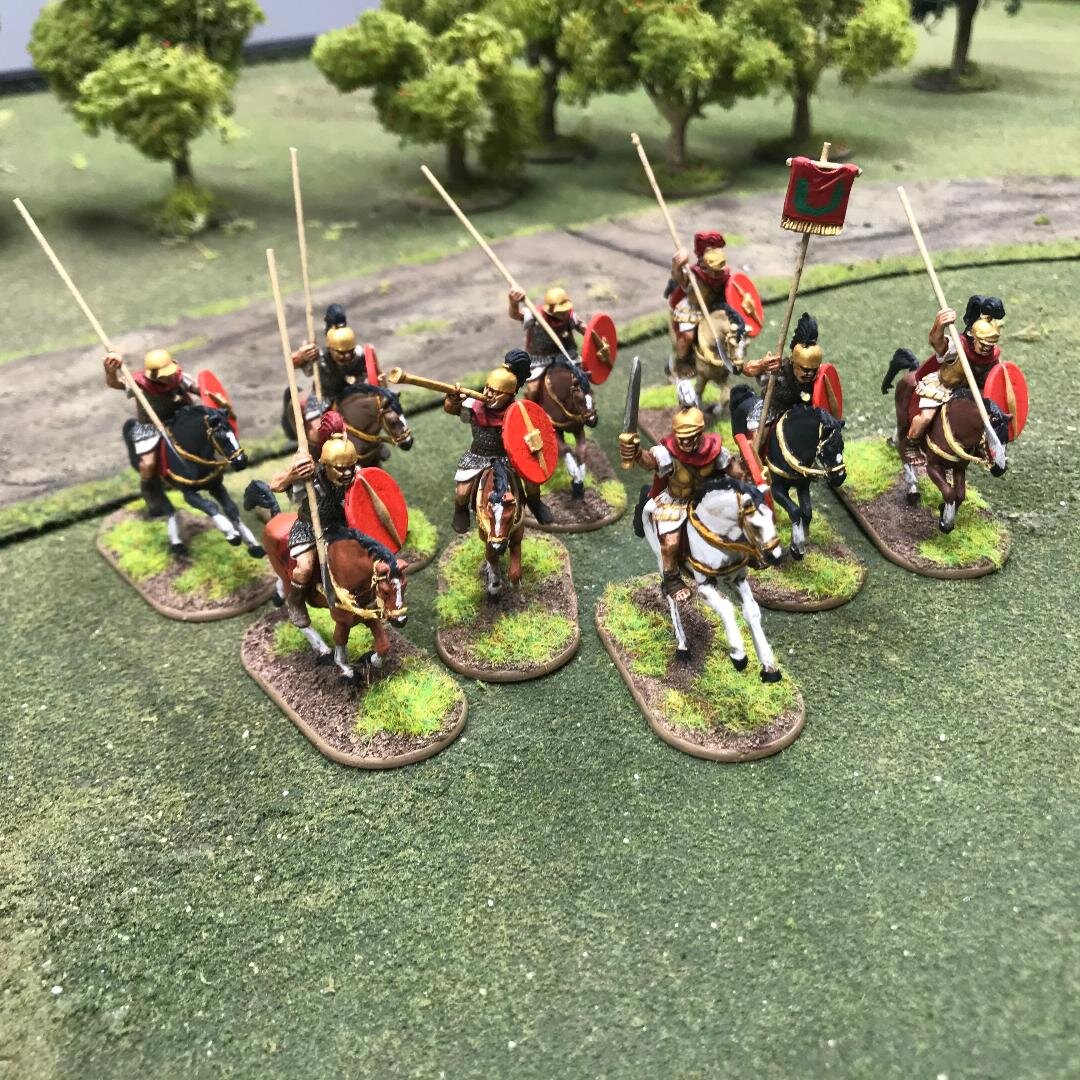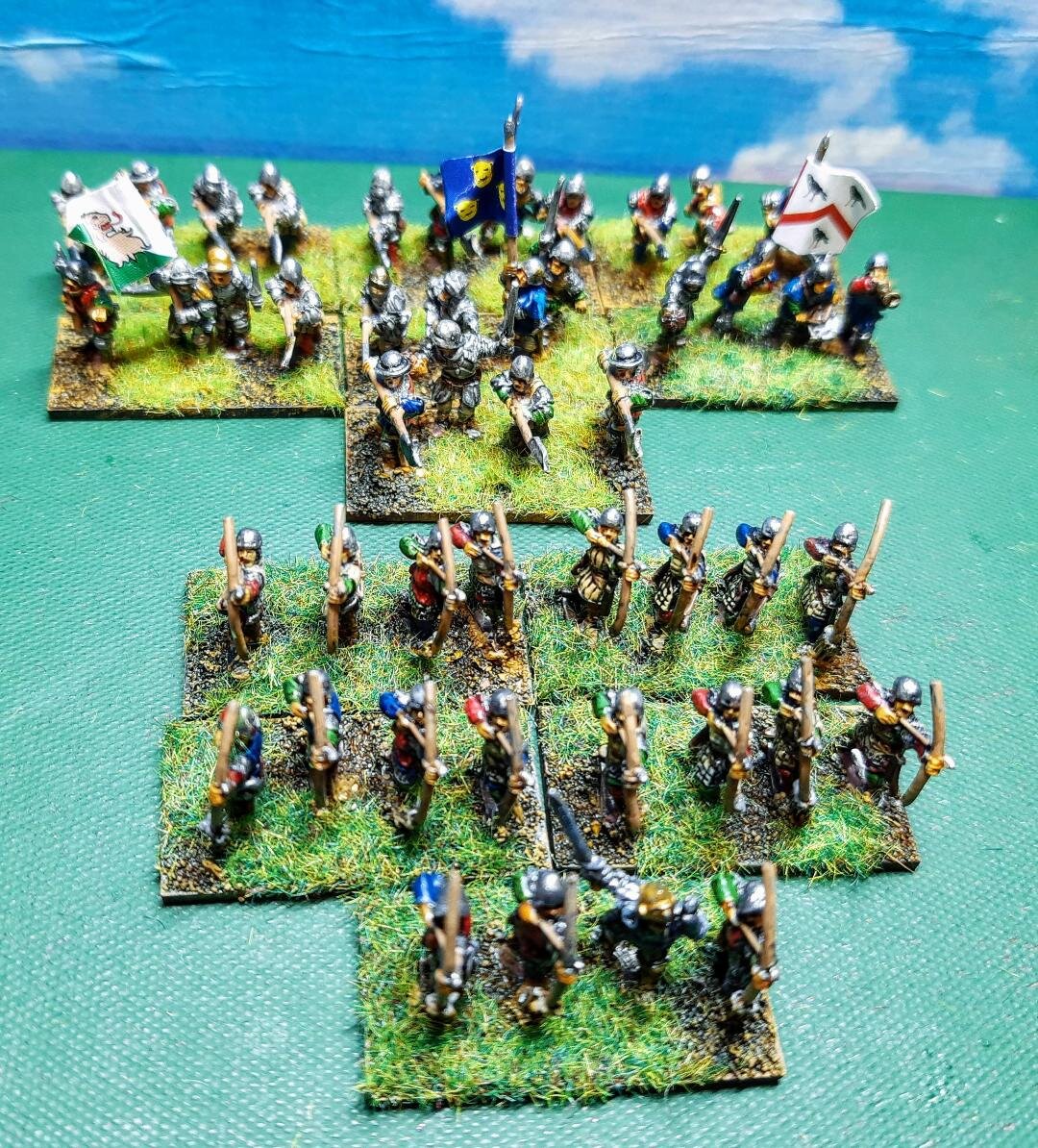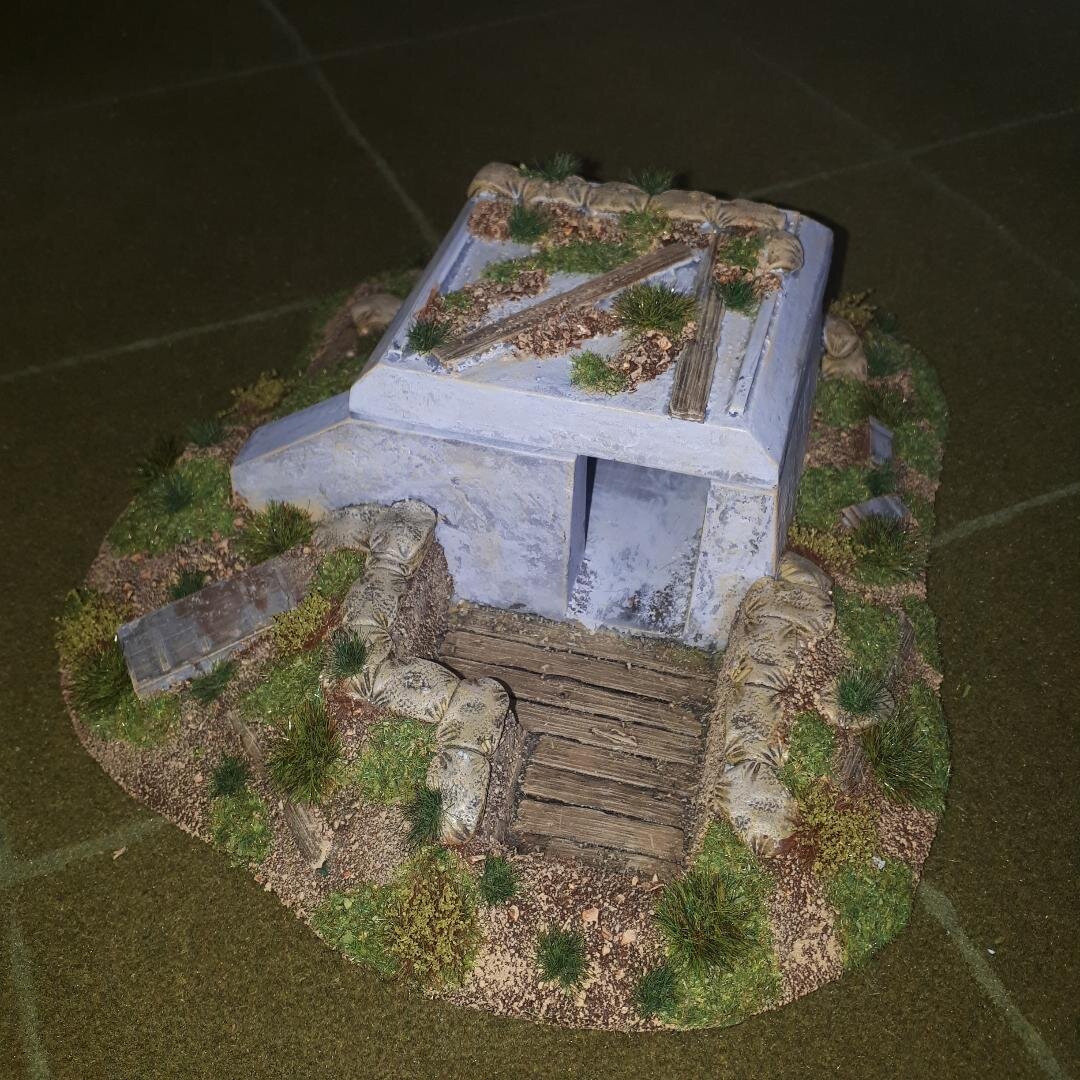TFL Painting Challenge: Another Bumper Crop!
/ Robert AveryHere’s another cracking set of entries into the 2020 TooFatLardies Painting Challenge.
Make sure you look at the individual galleries, but here’s a selection from this week’s entries:
View fullsize
![Napoleonic Brits from Travis Hiatt]()

Napoleonic Brits from Travis Hiatt
View fullsize
![15mm Jagdpanther from Chris Kay]()
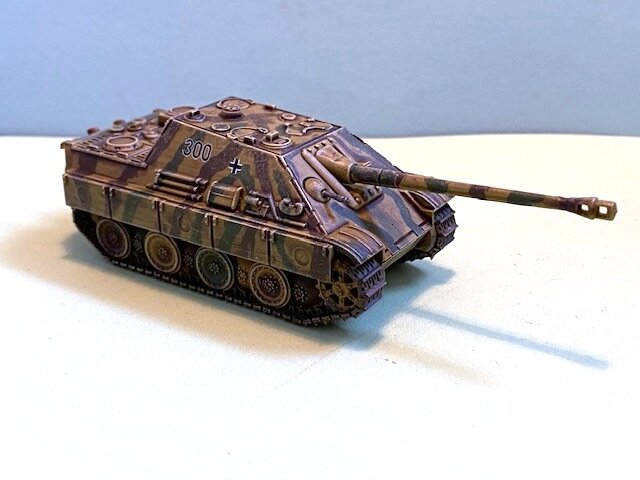
15mm Jagdpanther from Chris Kay
View fullsize
![US GI's based by Stumpy]()

US GI's based by Stumpy
View fullsize
![Beautiful 28mm Watermill from John Emmett]()

Beautiful 28mm Watermill from John Emmett
View fullsize
![A Mass of Austrians from Andrew Helliwell]()

A Mass of Austrians from Andrew Helliwell
View fullsize
![Two Ships from Steve Burt]()

Two Ships from Steve Burt
View fullsize
![More Bolsheviks from Carole]()

More Bolsheviks from Carole
View fullsize
![Romanian Mortar Teams from David Scott]()

Romanian Mortar Teams from David Scott
View fullsize
![Marvyn's Germanic Chief for Infamy]()

Marvyn's Germanic Chief for Infamy
View fullsize
![15mm Vikings from Sapper]()

15mm Vikings from Sapper
View fullsize
![Sengoku Period Japanese from John Haines]()

Sengoku Period Japanese from John Haines
View fullsize
![Badmashes from Joe McGinn]()
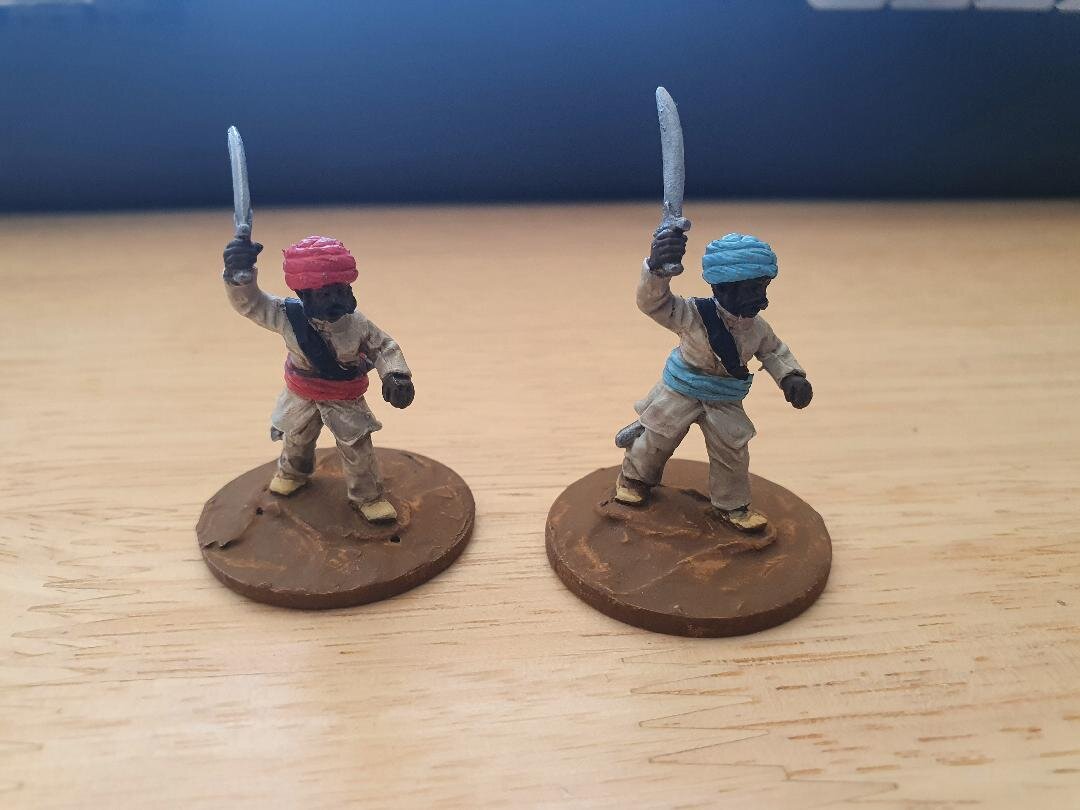
Badmashes from Joe McGinn
View fullsize
![An Otter from Fredd Bloggs]()

An Otter from Fredd Bloggs









